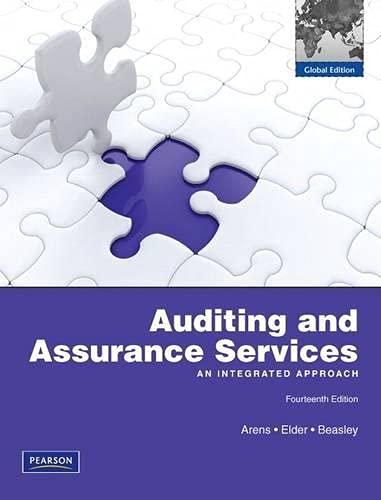Answered step by step
Verified Expert Solution
Question
1 Approved Answer
Activity-based-costing! Manchester Technology, Inc. manufactures several different types of printed circuit boards; however, two of the boards account for the majority of the company's sales.


Activity-based-costing!
Manchester Technology, Inc. manufactures several different types of printed circuit boards; however, two of the boards account for the majority of the company's sales. The first of these boards, a television circuit board, has been a standard in the industry for several years. The market for this type of board is competitive and price-sensitive. Manchester plans to sell 69,000 of the TV boards in 20x1 at a price of $430 per unit. The second high-volume product a personal computer circuit board, is a recent addition to Manchester's product line. Because the PC board incorporates the latest technology, it can be sold at a premium price. The 20x1 plans include the sale of 44,000 PC boards at $750 per unit Manchester's management group is meeting to discuss how to spend the sales and promotion dollars for 20x1. The sales manager believes that the market share for the TV board could be expanded by concentrating Manchester's promotional efforts in this area. In response to this suggestion, the production manager said. "Why don't you go after a bigger market for the PC board? The cost sheets that I get show that the contribution from a PC board is significantly larger than the contribution from a TV board. I know we get a premium price for the PC board. Selling it should help overall profitability" The cost accounting system shows that the following costs apply to the PC and TV boards. Direct material Direct labor Machine time PC Board $223 3.5 hr. 1.5 hr. TV Board S143 1.0 hr. 1.0 hr Variable manufacturing overhead is applied on the basis of direct-abor hours. For 20x1, variable overhead is budgeted at $2.300,000. and direct-labor hours are estimated at 234,150. The hourly rates for machine time and direct labor are $28 and $36, respectively. The company applies a material handling charge at 10 percent of material cost. This material handling charge is not included in variable manufacturing overhead. Total 20x1 expenditures for direct material are budgeted at $19.679,000. Andrew Fulton, Manchester's controller, believes that before the management group proceeds with the discussion about allocating sales and promotional dollars to individual products, it might be worthwhile to look at these products on the basis of the activities involved in their production. Fulton has prepared the following schedule to help the management group understand this concept. "Using this information," Fulton explained, "We can calculate an activity-based cost for each TV board and each PC board and then compare it to the standard cost we have been using. The only cost that remains the same for both cost methods is the cost of direct material. The cost drivers will replace the direct labor, machine time, and overhead costs in the old standard cost figures." S 840,000 460.000 Cost Driver Number of parts Number of boards Number of boards Budgeted Annual Activity for Cost Driver 5,084,100 parts 118,650 boards 118,650 boards Budgeted Cost Procurement Production scheduling Packaging and shipping Total Machine setup Hazardous waste disposal Quality control General supplies Total Machine insertion Manual insertion Wave-soldering Total S 2 220,000 S 908,000 104,000 1,144,000 Number of setups Pounds of waste Number of inspections Number of boards 283,500 setups 32,067 pounds 283,500 inspections 118,650 boards $ 2,300,000 $ 2,600,000 8,400,000 284,000 $11.284.000 Number of parts Number of parts Number of boards 3,681,000 parts 1,310,000 parts 118,650 boards PC Board TV Board Required per Unit Parts: Machine insertions Manual insertions Machine setups Hazardous waste disposal, in lb. Inspections .06 Required: 1. Identify at least four general advantages associated with activity-based costing. 2. On the basis of Manchester's unit cost data given in the problem, calculate the total amount that each of the two product lines will contribute toward covering fixed costs and profit in 20x1. 3. Using activity-based costing, calculate the total amount that each of the two product lines will contribute toward covering fixed costs and profit in 20x1 11/8/2019 Required 1 Required 2 Required 3 Using activity-based costing, calculate the total amount that each of the two product lines will contribute toward covering fixed costs and profit in 20x1. (Round your intermediate calculations to 2 decimal places.) PC Board TV Board Total contribution margin Required 2 Required 3 >Step by Step Solution
There are 3 Steps involved in it
Step: 1

Get Instant Access to Expert-Tailored Solutions
See step-by-step solutions with expert insights and AI powered tools for academic success
Step: 2

Step: 3

Ace Your Homework with AI
Get the answers you need in no time with our AI-driven, step-by-step assistance
Get Started


